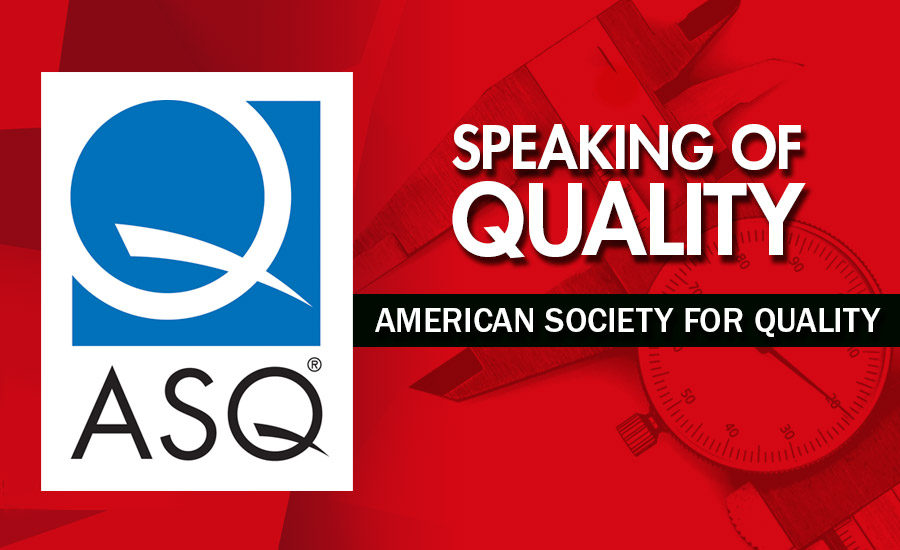Process Mapping, Flowcharts, and Adding “Architecture”
Process mapping is essential in finding areas for improvement.

A process flowchart is a powerful tool for sequencing each activity in a single process. This time-tested method allows everyone in the organization to be on the same page—or, more specifically, the same map. However, if you want to dig deeper into a process to determine inefficiencies and opportunities for improvement, consider a tool ideal for a more comprehensive scope than the classic flowchart. Before going into the specifics of this vigorous tool, it will be helpful to spend some time explaining definitions and clarify the purpose of each tool and method.
Process Maps and Process Flowcharts: The Basics
The terms process mapping and flowchart are often used interchangeably. In the instance of these tools, it isn’t necessarily wrong to do so. However, for simplicity’s sake—and to wow your friends during coffee breaks—keep the following statements in mind. A flowchart is a diagramming tool. A process map, or process mapping, refers to the procedure of creating a diagram.
In other words, your team places the process into the diagram. The desire to equate process maps and process flowcharts might be why process maps are also called detailed flowcharts.
Process flowcharts are important in making sure all team members understand each step of a process. A process map begins with capturing all the inputs. A flowchart, by contrast, begins with one step. Flowcharts are essential to process mapping but all flowcharts are NOT process maps.
Process mapping, in determining the activities and their sequences, is essential in finding areas for process improvement. And who doesn’t want to improve?
But sometimes process mapping isn’t enough to give you the information you need to improve. Sandy Furterer, associate professor, University of Dayton, offers the process architecture map. While the name might not deliver the wow factor you were anticipating, the results can be radical simply by collecting additional, highly relevant data.
The Process Architecture Map: Beyond the Basics
“The good thing about the process architecture map,” said Furterer in an ASQTV interview, “is it draws out the elements of the process that they need to know to manage the processes. So that they can document, so that they can potentially audit their processes. They can train with this process architecture map. They can control their processes as well.”
“A process architecture map,” Furterer continues, “adds some elements that really build a foundation for process management and also helps with process improvement, and connects with information systems requirements as well.”
The key elements to identify and capture in a process architecture map are:
- sequence of the activities
- roles that perform the activities
- the documents and forms
- the information systems
- additional knowledge (for example, metrics, risks, and controls)
When these key elements are captured, Furterer mentions the team should identify which activities add value to the process from the customer perspective, or, as Furterer puts it, “what would they be willing to pay you for doing that process.” The team also needs to determine which activities don’t add value. “These activities,” Furterer says, “are used to identify inefficiencies in the process and, in lean terms, the waste in the process.”
The process architecture map is a robust tool for any business to use. For more about the process architecture map, visit ASQTV at videos.asq.org for Furterer’s full interview.
Looking for a reprint of this article?
From high-res PDFs to custom plaques, order your copy today!








